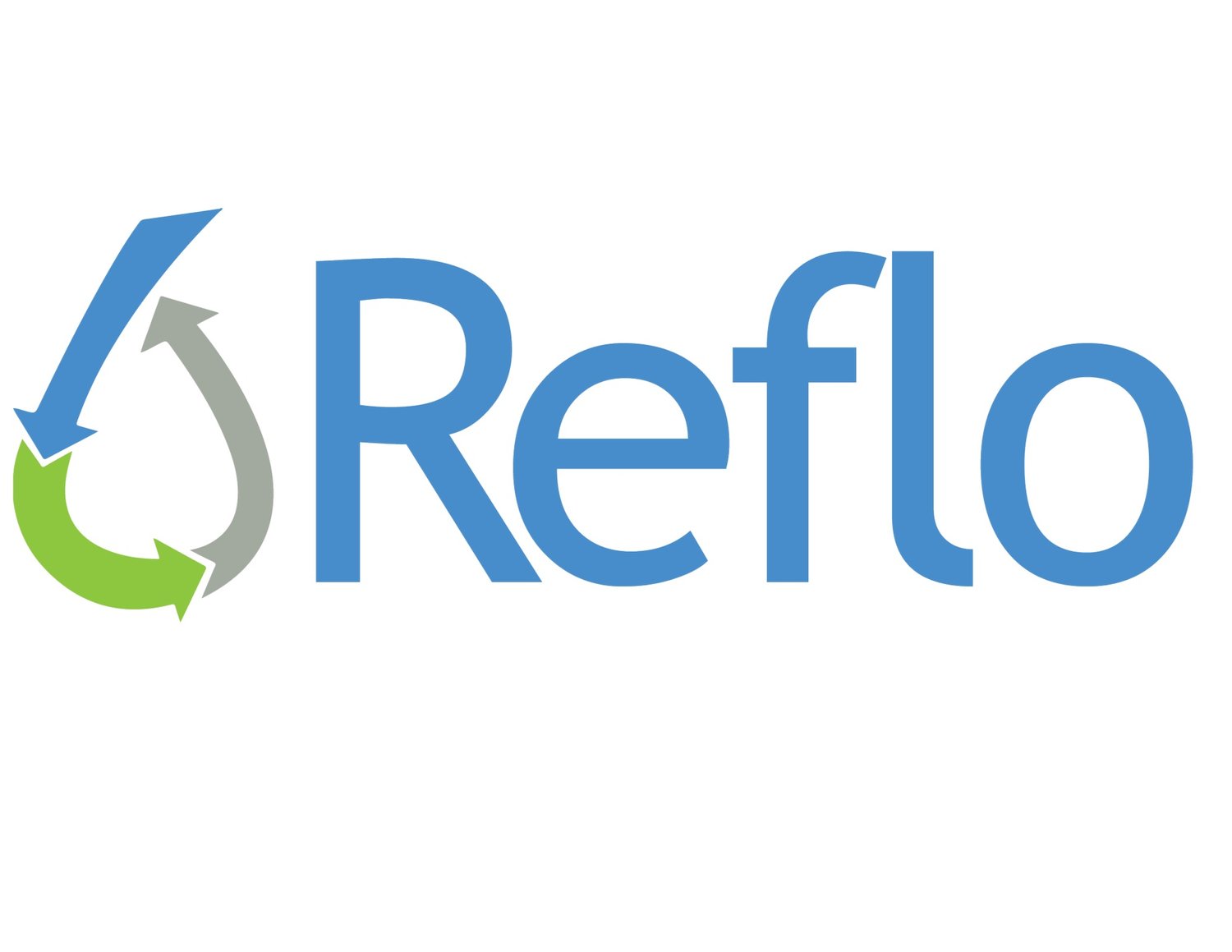MMSD Sewers, Outfalls, and Deep Tunnel
The Milwaukee Metropolitan Sewerage District has shared data on their sewers, outfall locations where overflows can occur, and the Deep Tunnel with the public through the Milwaukee Community Map. You can access the whole Milwaukee Community Map through Google Earth on Desktop, or you can access just this layer in the web version of Google Earth on your Chromebook, in your Chrome web browser, or in the Google Earth app for your phone or mobile device.
In support of Learn Deep’s collaboration with Southeastern Wisconsin Watersheds Trust’s Adopt-a-Storm-Drain program, the following instructions guide you on how to open this map of Milwaukee’s sewers on your Chromebook. This page is intended for teachers and students looking to learn more about how the sewer system works to convey stormwater and sanitary waste in Milwaukee.
Instructions
1. Launch Google Earth in a new Chrome window.
2. Click on the Projects icon. If this is your first time, go to the next step. Otherwise select “New Projects.”
3. Save this file to your Chromebook.
4. In Google Earth under Projects menu, select “Import KML file from computer,” and open the file you just downloaded.
5. If you toggle the Eyeball it will turn this layer on and off after it loads.
6. Explore!
See the map legend and data layer description below to understand the colors, shapes, lines, and points on the map. Click on features for more detailed information, such as the diameter (measured in inches) of different pipes.
Key Terms for Educators
Combined Sewer Area
Stormwater and wastewater flow in same pipes to a treatment plant.
Separated Sewer Area
Stormwater and wastewater flow in different pipes; only wastewater is treated.
Combined Sewer Overflow
When too much stormwater overwhelms the system, the combined sewer releases untreated water into local waterways.
Deep Tunnel
Massive pipe system designed to hold onto excess volume during heavy rains so the system is not overwhelmed
Municipal Sanitary Sewers
Thousands of pipes owned by cities and villages that feed into MMSD sewers
Laterals
Pipes connecting from homes and businesses to municipal sewers
Stormwater
After rain falls it either infilitrates into the ground, evaporates into the air, or runs off across a surface. Stormwater runoff carries pollutants from land into sewers and our waterways. The sheer volume of stormwater during heavy rains also can overwhelm combined sewer systems used by many American cities, including Milwaukee.
Impervious Surface
Hardscape like a roof, pavement, sidewalk, road, or parking lot that water cannot seep into, thus a source of stormwater runoff, especially in cities.
Suggested Activities for Exploring This Layer
Search your school in Google Earth and zoom to the location. Are you in the Combined or Separated Sewer area? Where is the closest MMSD sewer to your school and where does it lead? Where is the closest outfall?
Search your home address and ask the same questions.
Find a school that is in a different kind of sewer area and discuss what the difference means. What happens to water when you flush the toilet?
Click on different areas of the Deep Tunnel and review the data that pops up.* How big is the tunnel in the location you clicked (hint: the linear dimensions are listed in inches)? Can you estimate how much water would fit in the tunnel using the information at your disposal?
Now check out other areas of the Deep Tunnel. Is it the same size everywhere? What do you notice about how big this “gray infrastructure” is and where it tends to be located?
Discuss how and why “green infrastructure” like porous pavement, bioswales, rain gardens, and cisterns can help improve the quality of our water.
*Note: If you’re having trouble clicking on map features, try changing between the 2D and 3D views of Google Earth and zooming in close to the feature (like the Deep Tunnel or a Combined Sewer Outfall location). Sometimes you have to zoom in fairly close for Google Earth to know you’re clicking on one of our features instead of a background layer. Most features should show the data from MMSD’s shapefile when you click; in some outlying places “Interpreted Deep Tunnel” will show up when you click, showing the approximate tunnel location but without associated data.
For more ways to use the Milwaukee Community Map to explore our Water Story across the curriculum, see this Teachers Guide.
It helps you navigate Google Earth on Desktop, suggests curricular tie-ins, and provides starting points for inquiry relevant to different subject areas and grade levels. Maps are great tools for interdisciplinary learning, and we hope you come to value the Milwaukee Community Map as a trusty tool to support local education around water.
If you have questions about the Milwaukee Community Map, please email Michael Timm.
For more interesting data layers to explore in the web version of Google Earth using your Chromebook, check out this suite of Chrome Maps.
Follow the same instructions for loading the layers as you did for the sewers map above.
Thanks to Learn Deep for facilitating this connection with educators in 2020.





